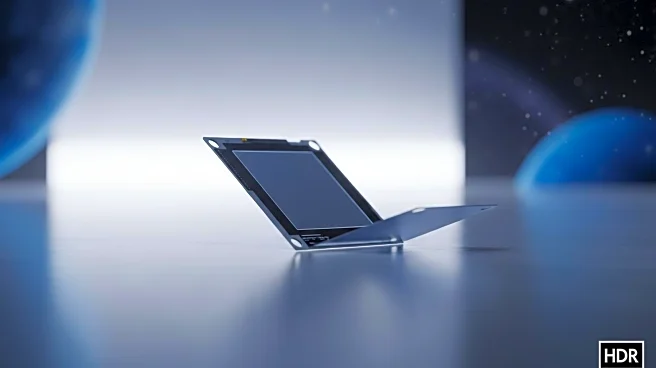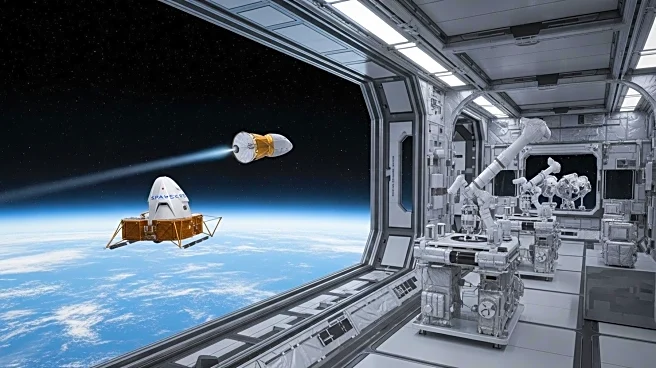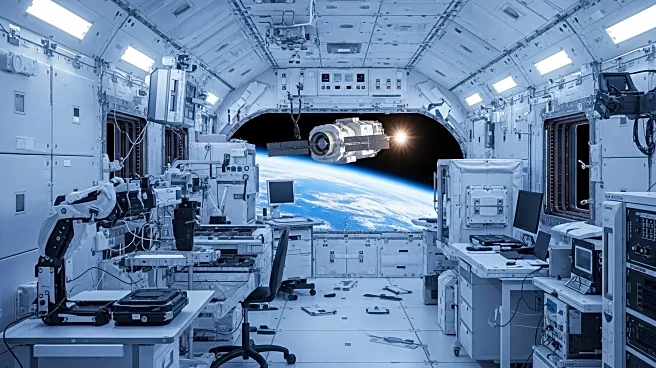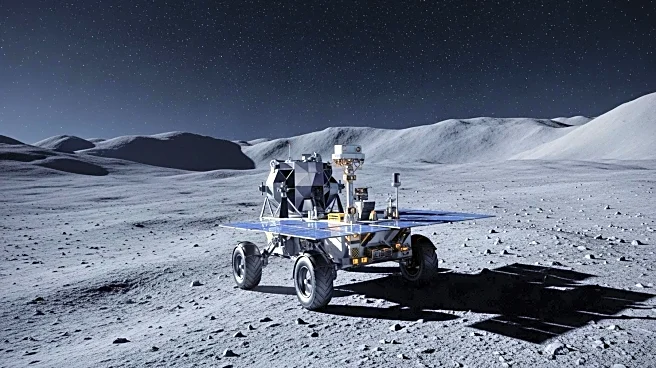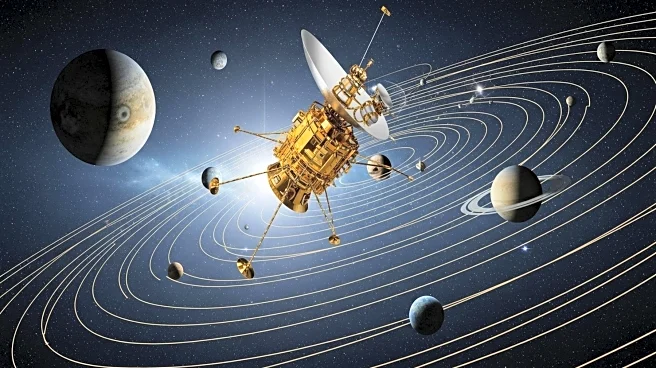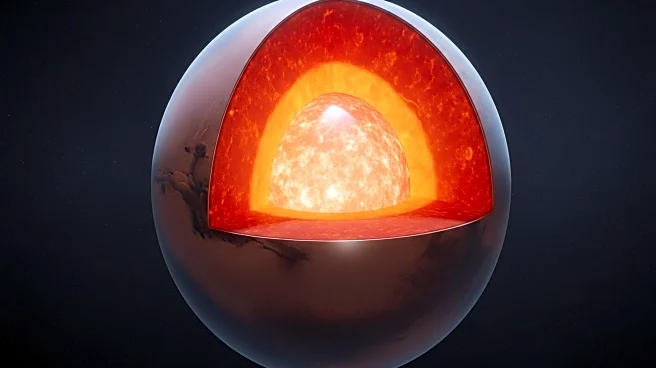What is the story about?
What's Happening?
NASA's Johnson Space Center has developed a thin film sensor capable of measuring temperatures up to 1200°F, with potential advancements reaching up to 3000°F. This sensor is designed to withstand the extreme conditions of spacecraft reentry, providing high-frequency temperature data crucial for refining operational envelopes and understanding flight hardware behavior. The sensor addresses issues of thermal expansion mismatch between the spacecraft's thermal protection system and the sensor materials. NASA is seeking licensees to commercialize this technology, which could also benefit industries such as hypersonic aircraft and energy production.
Why It's Important?
The development of this sensor represents a significant advancement in aerospace technology, offering enhanced safety and performance for spacecraft reentry. By providing high-frequency temperature measurements, engineers can better understand and optimize the spacecraft's operational phases, potentially reducing risks associated with reentry. The commercialization of this technology could lead to broader applications in other high-temperature environments, fostering innovation in industries like aerospace and energy production. This could result in improved safety standards and operational efficiencies across multiple sectors.
What's Next?
NASA is actively seeking partners to license and commercialize the thin film sensor technology. Interested parties are encouraged to contact NASA's Licensing Concierge to discuss potential collaborations. The successful commercialization of this technology could lead to its integration into various high-temperature applications, expanding its impact beyond aerospace. As industries explore the use of this sensor, further advancements and adaptations may emerge, enhancing its utility and effectiveness in diverse environments.
AI Generated Content
Do you find this article useful?
